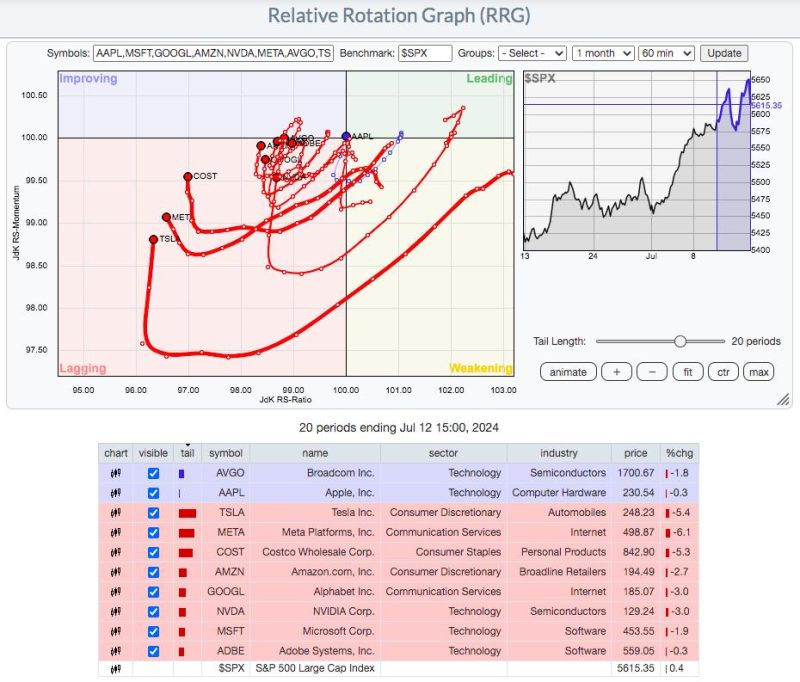The S&P 500, a key benchmark index for the U.S. stock market composed of 500 of the largest publicly traded companies, recently reached new record highs. This surge in the market has been primarily driven by the value stocks rather than growth companies, marking a notable shift in investors’ preferences.
Value stocks are characterized by trading at a lower price relative to fundamental metrics such as earnings, book value, and cash flow. These companies are often considered undervalued by the market, offering investors an opportunity to purchase shares at a discounted price. On the other hand, growth stocks typically trade at higher valuations due to their strong potential for future earnings growth.
The recent outperformance of value stocks in the S&P 500 can be attributed to several factors. One of the primary drivers is the rotation in market sentiment towards economically sensitive sectors such as financials, industrials, and energy. These sectors have benefitted from the gradual reopening of the economy, improving consumer spending, and higher inflation expectations.
Furthermore, value stocks have historically outperformed growth stocks during periods of economic recovery and rising interest rates. As the Federal Reserve signals its intention to gradually raise interest rates to combat inflation, investors are reallocating their portfolios towards value stocks that are more resilient to interest rate hikes.
The performance of value stocks in the S&P 500 also reflects investors’ concerns about the elevated valuations of some high-growth technology companies. While these companies have driven the market higher in recent years, their valuations have raised questions about sustainability and potential market corrections.
Another factor contributing to the rise of value stocks in the S&P 500 is the potential for dividend growth and income generation. Many value stocks are known for their stable dividends and strong cash flow, making them attractive to income-seeking investors in a low-yield environment.
It is important to note that market dynamics are constantly evolving, and the outperformance of value stocks may not persist indefinitely. Investors should remain vigilant and diversified in their investment portfolios to navigate changing market conditions effectively.
In conclusion, the recent surge in the S&P 500 driven by value stocks underscores the importance of understanding market trends and investor sentiment. As the market landscape continues to evolve, investors must stay informed, adapt their investment strategies, and remain diversified to achieve long-term financial goals.

